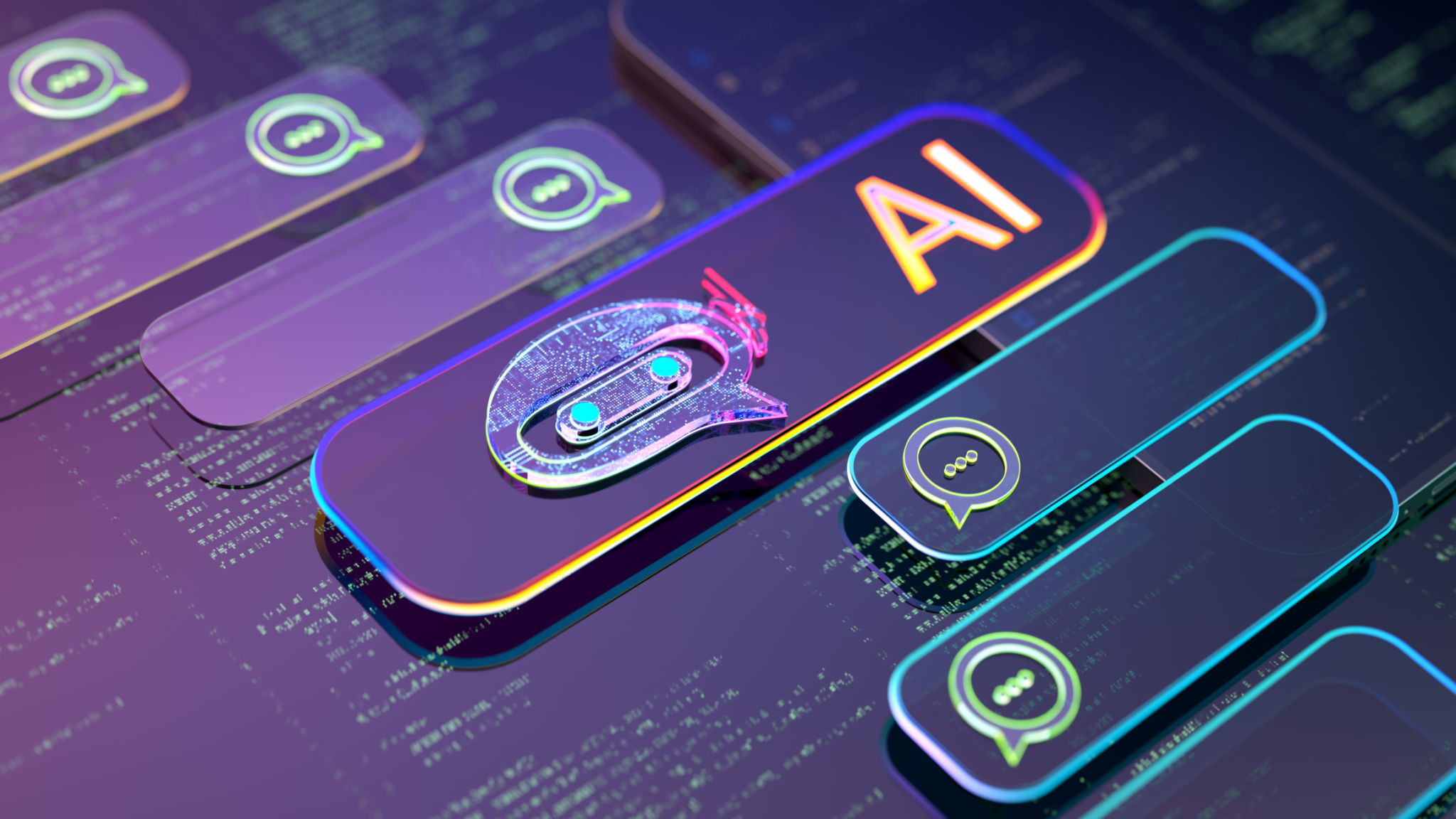Innovative Trends in French Language Education: Embracing Digital Learning
Ki
Revolutionizing French Language Education
The digital age has transformed many aspects of education, and French language learning is no exception. As educators and learners alike embrace innovative trends, digital tools are playing a crucial role in modernizing how French is taught and learned around the globe. From interactive apps to virtual classrooms, the landscape of French language education is evolving rapidly, offering new opportunities for engagement and success.
One of the most significant changes is the integration of technology into traditional learning methods. Digital platforms provide learners with an array of resources that were previously unavailable, enabling a more immersive and interactive experience. This shift not only enhances the learning process but also makes it more accessible to a diverse range of students.

Interactive Apps and Gamification
Interactive applications have become a staple in language learning, with many offering gamified experiences to boost motivation and retention. Apps like Duolingo and Babbel deliver lessons through engaging activities, such as quizzes and puzzles, which encourage learners to practice French in a fun and dynamic way. These platforms often incorporate elements of competition, such as leaderboards and achievement badges, to further incentivize progress.
Moreover, the adaptability of these apps allows learners to tailor their experience based on their proficiency level and personal goals. This personalized approach ensures that students remain challenged yet not overwhelmed, facilitating steady advancement in their language skills.
Virtual Classrooms and Online Communities
Virtual classrooms have emerged as a powerful tool for French language education, particularly in light of recent global events. Platforms such as Zoom and Microsoft Teams enable real-time interaction between teachers and students, regardless of geographic barriers. This connectivity fosters a sense of community and collaboration, which is essential for effective language learning.

In addition to virtual classrooms, online communities provide learners with invaluable opportunities to practice French with native speakers. Websites and forums dedicated to language exchange allow students to engage in conversations with peers from around the world, helping them gain confidence and fluency in a supportive environment.
Artificial Intelligence and Language Learning
The integration of artificial intelligence (AI) into language education is another exciting trend. AI-powered tools like chatbots and virtual assistants offer personalized learning experiences by adapting to individual student's progress and providing instant feedback. These technologies help identify areas for improvement and suggest tailored exercises to address specific challenges.
Furthermore, AI can simulate real-life conversations, allowing learners to practice their speaking skills in a controlled setting. This feature is particularly beneficial for honing pronunciation and developing conversational fluency.

The Future of French Language Education
As digital learning continues to expand, the future of French language education looks promising. Emerging technologies such as virtual reality (VR) and augmented reality (AR) hold the potential to create even more immersive learning environments. These tools could allow students to explore French-speaking regions virtually, providing cultural insights alongside language instruction.
In conclusion, the integration of digital tools into French language education is not just a passing trend but a significant shift towards more effective and inclusive learning. By embracing these innovations, educators can provide richer educational experiences that cater to the diverse needs of modern learners.
